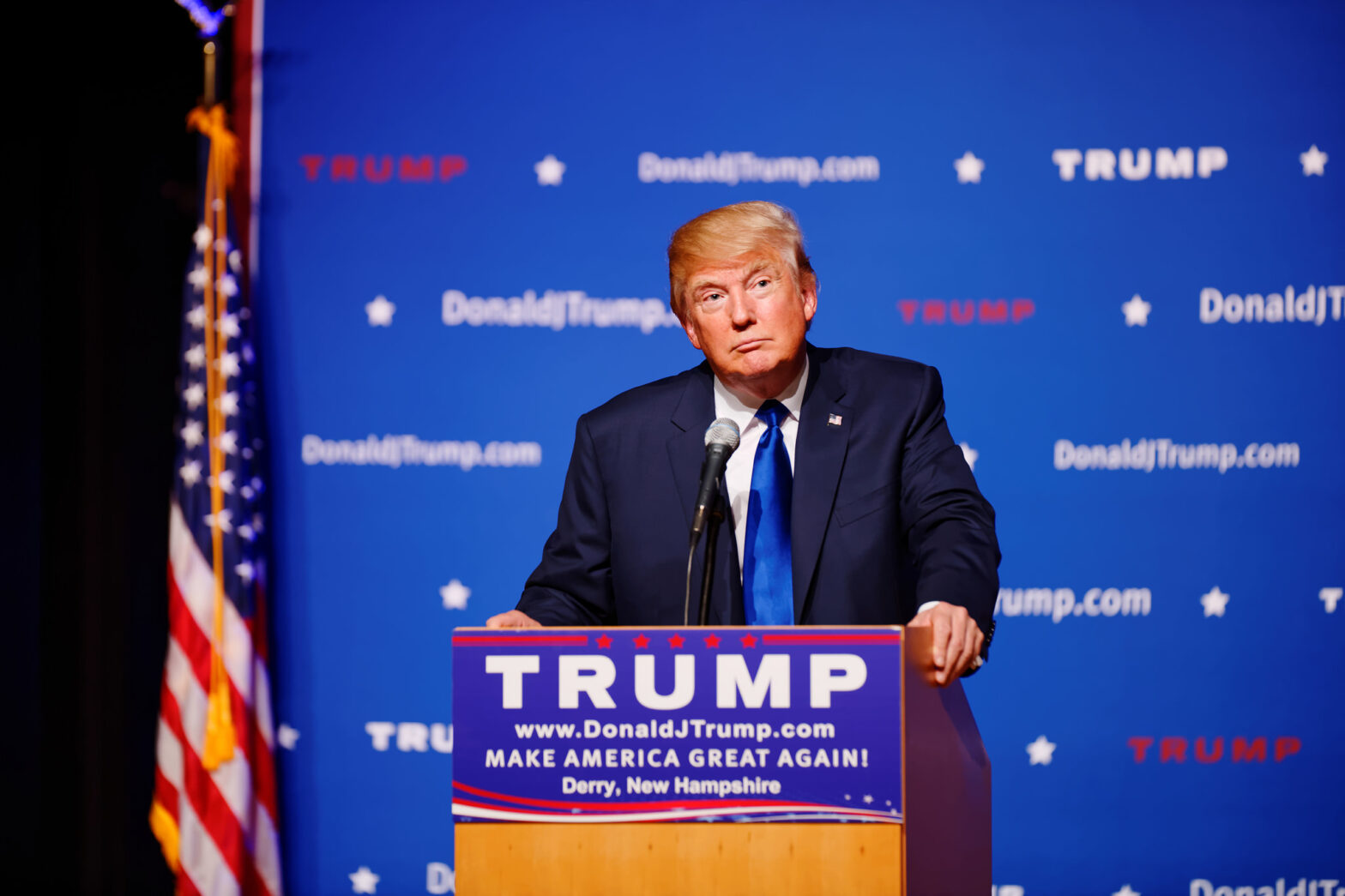Donald Trump achieves an historic victory, pulling ahead of Hillary Clinton in the closing hours of the US presidential election. Many commentators and pundits have tried to explain the rising Trump phenomenon but new research from email service provider, Mailjet, reveals that the Team Trump campaign led the way in its use of email to engage grassroots donors.
In the study, analysis of the email campaigns of the leading presidential candidates showed that Donald Trump tops out on three of the six parameters measured.
However, the Republican candidate managed just 12.9 points out of a possible 27 overall to bag pole position, low scores across the board indicating a huge missed opportunity for both nominees.
The research analysed emails sent by Donald Trump and Hillary Clinton’s campaign teams over the course of the last two months, including communications around the first and second debate, and scored the emails according to a range of metrics including design best practices, personalisation, subject line, cross-channel marketing and the creativity of the content
Given Team Trump’s well publicised achievements in winning small-dollar donations, becoming the most successful Grand Old Party nominee for donations under $200 in history, a score of 48 per cent highlights significant shortcomings in areas such as design, content and the cross-device compatibility of emails.
These have been compensated for by a clear focus around personalisation and attention-grabbing subject lines, which earned him 2.9 and 3.1 (out of a possible 5) respectively.
Josie Scotchmer, UK marketing manager at Mailjet, thinks that the Team Trump campaign provokes a sense of collaboration, regularly asking for opinions and feedback and a small percentage of his subject lines are personalised, which they have used to eventual victory.
Scotchmer adds, ‘As well as a higher email frequency (13 per week to Hillary’s 9), the content complements the message, as he’s asking subscribers to invest in the future of America by donating to his campaign – by donating to Trump/Pence you are supporting the cause and joining a club, one in which you can opt-in for yard signs and purchase merchandise.’
Missed opportunities
Both campaigns fell short in design and cross-device compatibility analysis. When it comes to design, both Trump and Clinton campaigns remain frugal with images, graphics and interactive elements, resulting in scores of 2.1 and 2.2 respectively.
Cross-device compatibility, of particular importance in engaging “on the go” working audiences, received no investment from either campaign, with both campaigns offering supporters more traditional SMS updates.
Whilst it may not be the most technically advanced campaign, Team Trump wins back points around his use of the call-to-action. Whilst both campaigns stuck to an average or one or two calls to action in email communications, the Trump campaign bundles donation amounts together in one-off emails to manage a staggering 25 call-to-actions in one communication alone.
Friends, Romans, countrymen
Analysis reveals a crucial under-investment in personalisation from the Clinton campaign, which scored 55 per cent lower than Trump emails with basic errors such as using ‘Friend’ in place of the recipient’s name detracting from the overall quality of engagement.
By contrast, on average 27 per cent of Trump’s weekly emails use the area code and previous donation history to deliver a more tailored experience, calling on subscribers to make more campaign noise in their locality or take advantage of limited time opportunities to double their donation amount.
A sense of urgency
A prominent tactic employed by the Team Trump campaign involves creating a sense of urgency. Per week, 40 per cent of Trump emails reference the number of days left till the election. This is further augmented by use of emphatic subject lines such as ‘We’re Being Overrun’ and ‘I’m fighting for YOU’.
Josie continues, ‘Following Obama’s election we saw numerous commentaries published about the contribution of email to the successful campaign. What’s fascinating is that now the Republican candidate, who has been called out by the Clinton campaign for only seeing large donations from anonymous donors, has in fact invested more heavily in delivering engaging messages to its support base.
‘In contrast to Obama however, Trump’s message also evokes a rather strong sense of fear. There is very much a feeling of the impending deadline (“60 days to go…”) and a constant reminder that Clinton cannot be trusted with the responsibility.
‘There is a sense of urgency to make your contribution before it’s too late. Concise content and clear calls to action allow for a smooth conversion path.’








